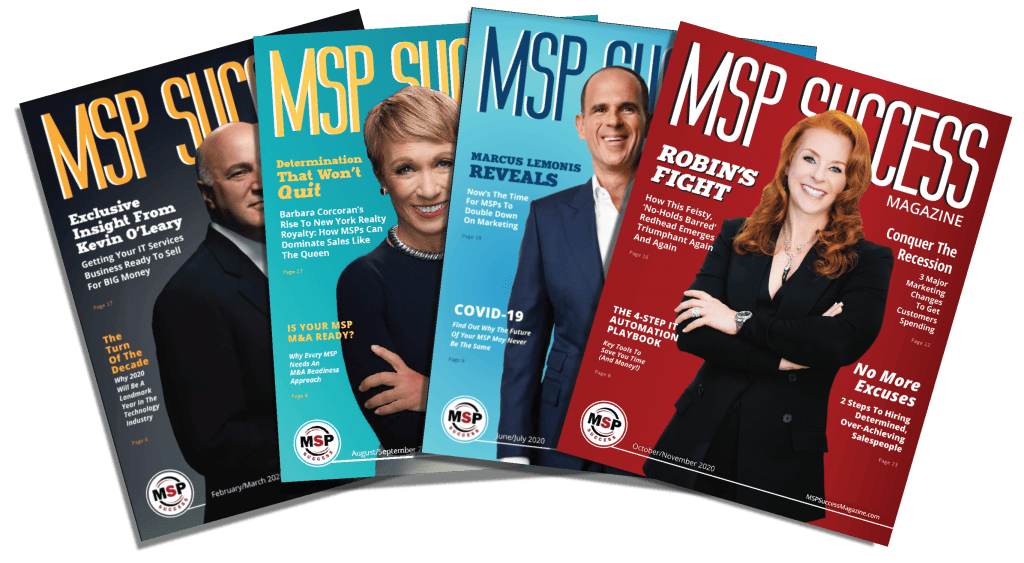What top performering MSPs have in common is the “MSP Pyramid of Excellence”—building blocks that accelerate the value of their business. Here is a look at the Onboarding layer and how it can drive efficiency and profitability.

Imagine a dynamic onboarding process that not only transforms your customers into enthusiastic fans but elevates your techs to the status of real-life heroes. It’s a game-changer, bringing a surge of operational efficiencies that will bolster your service gross margins without causing a ripple of disruption among your existing customers. What’s more, it paves the way for your account managers to seize success by the horns.
With an exceptional onboarding process, you can:
- Slash initial ticket volume to a minimum
- Proactively establish configurations and documentation, ready to tackle incidents before they rear their heads
- Turn your agreements into profit generators from Day 1
- Set your account managers up for success from Day 1
How Do The Top Performers Onboard Customers?
What separates the top performers from the dime-a-dozen MSPs are process and a focus on margins. And it’s not just a simple checklist for what things need to be installed for a new client and then hoping you make money. Top-performing MSPs have extremely detailed and documented systems in their PSA tool that they follow. They are also militant about setting and sticking to a budget for the resources they expect to devote to onboarding, reaping at least 50% margins.
Further, they require all new customers to be compliant with their tech stack within 12 months—no exceptions.
Their onboarding schedule outlines what happens when, and the onboarding team is held accountable for that.
Top performers do not hand off a new customer to the help desk until onboarding is complete and the help desk manager reviews the documentation and accepts the customer for support. Until that time, either the outgoing MSP or the onboarding team handles reactive tickets. Pro Tip: This will make the onboarding team work harder to get it done!
Customers pay for onboarding. Even if a customer on a three-year contract exits early, they will be charged the time and materials for the onboarding.
Finally, top performers have a culture of onboarding excellence. Everybody understands and takes pride in the process, nobody takes shortcuts, and they have the documentation and the references to prove it.
How Can You Get Started Like A Top Performer?
Once you’ve signed a customer, follow these steps:
1. Hold an internal kickoff meeting – Have the sales team share everything they know about the account with anyone who will be working with the account (finance, techs, account manager, etc.), including the expectations that may have been set during the sales process.
2. Assign a project coordinator – This person is now the point of contact for all customer communications.
3. Collect information about the customer’s environment – Have your lead project tech use the lowest cost resources, doing as much as possible remotely. The top performers usually take a week or two to get a firm baseline.
4. Begin onboarding – Expect the process to take four to six weeks. Pro Tip: Do not take on other projects for the customer during onboarding. It dilutes the effort, confuses the customer and your team, and puts onboarding on a “forever” track.
5. Hand off to the service manager or lead tech – Your service manager should review all the documentation to ensure everything is in place to support this customer. Note that the SLA is not in effect until onboarding is complete.
6. Hold an on-site meeting and hand off to the account manager – Your account manager, project lead, and lead tech will present the customer with the assessment or roadmap that was created during onboarding plus a budget for the projects you prioritized to reduce their risk and help them grow. Pro Tip: Schedule four QBR periods out at the meeting.
7. Have a post-mortem – Survey every user and examine if you delivered on time and within budget.
The Payoff
You only have two chances to make a great first impression. One is when your salesperson closes the deal. The other is during onboarding.
Done right, you’ll end up with great documentation, better service efficiency, happy customers, happy techs, and—most important—you’ll improve your service gross margins as well as the overall value of your company.
For more advice from Paul Cissel, go to: Let Your Best Fly Free” – Why Turnover May Be A Good Thing For Your MSP












